Nobuyoshi Araki explores the beauty of Japanese bondage and flower arranging

Japanese photographer Nobuyoshi Araki has caused some stirs in his notoriously conservative home country, where more than a few choice words – misogynist, pornographer, pervert, monster - have been used to describe him. Now the most provocative volume of his oeuvre, ‘Kinbaku’, is the focus of a solo exhibition at London's Michael Hoppen Gallery.
The body of work takes its name from the Japanese sexual practice of bondage, kinbaku or kinbaku-ki (literally meaning the beauty of tight binding), which found cult popularity in the 1950s thanks to underground S&M magazines like Yomikiri Romance and Kitan Club. Less appreciated however is that kinbaku draws influence from less salacious art forms, such as Kabuki theatre, Shiatsu massage and Ikebana, the 700 year-old Japanese art of flower arranging.
Araki’s detractors are all too quick to dismiss his work as pornography masquerading behind the guise of contemporary art. There is – even in the splayed legs and unapologetic display of genitalia – a romantic nuance to his treatment of kinbaku, however confrontational the subject matter.
From his painterly use of colour (electrifyingly rich in one instance; muted and ethereal in another) to his impeccable eye for composition, his photographs exude an undeniable magnetism. ‘Women? Well, they are gods,’ says Araki of his enduring fascination with women. ‘Since I can’t tie up their hearts up, I tie their bodies instead.’
Alongside his nudes, displayed in a striking range of sizes from monumental prints to demure Polaroids, the gallery has hung a series of original 18th and 19th century Shunga prints – an early form of clandestine erotica. The exhibition coincides with the recent publication of Taschen’s three-volume monograph, ‘Bondage’.
For all his brazenness, there is an underlying sensitivity to Araki’s intent and an obvious devotion to his craft. ‘Photography is love and death – that’ll be my epitaph,’ adds Araki. And much like any art form, whether it’s flowers or rope being arranged, the pleasure of Araki’s work lies in the journey as much as the destination.

'Kaori', 2004.

'Kinbaku, 1980-2000', 2013.
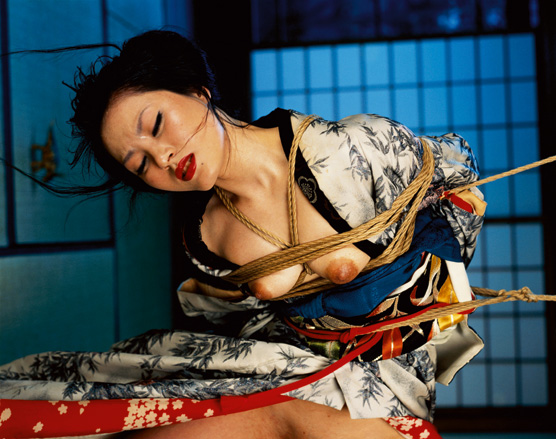
'Kinbaku, 1980-2000', 2013.
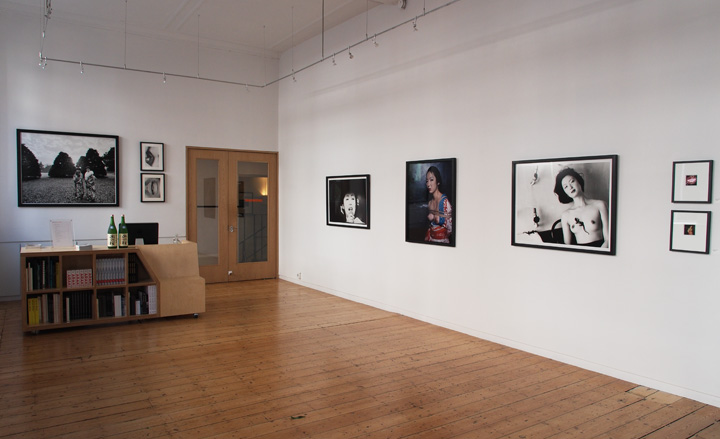
Installation view of the Nobuyoshi Araki exhibition.
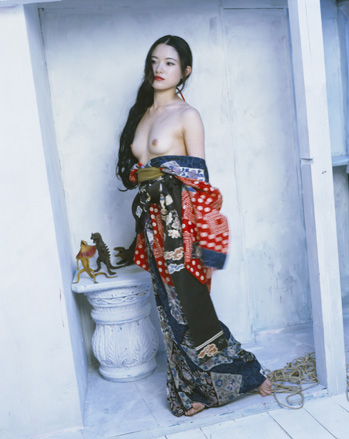
'Kaori', 2004.
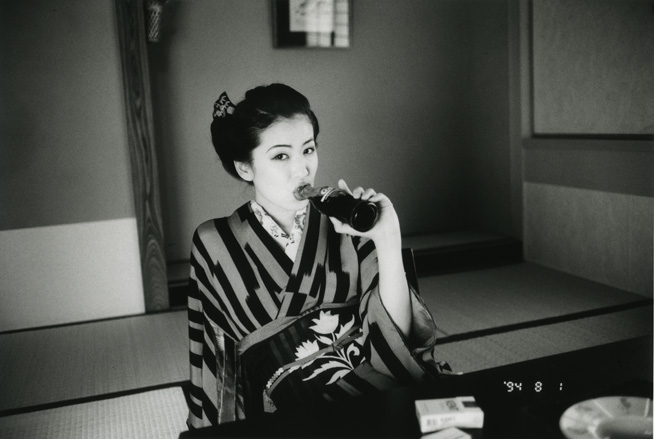
'Grand Diary of a Photo Maniac', 1994.

'Flower Rondeau', 1997.
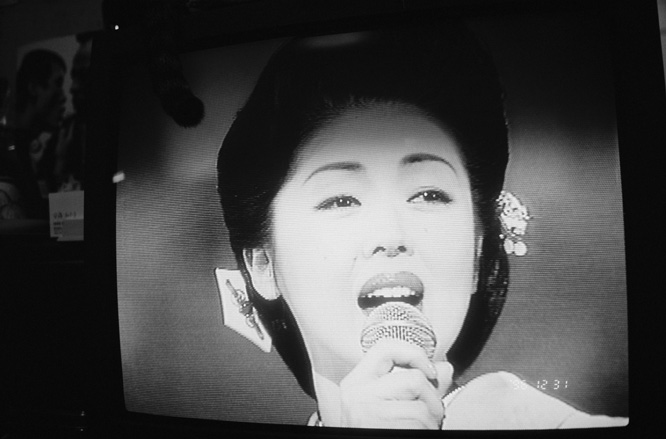
'Grand Diary of a Photo Maniac', 1994.
ADDRESS
Michael Hoppen Gallery
3 Jubilee Place
London SW3 3TD
Receive our daily digest of inspiration, escapism and design stories from around the world direct to your inbox.
-
 Love jewellery? Now you can book a holiday to source rare gemstones
Love jewellery? Now you can book a holiday to source rare gemstonesHardy & Diamond, Gemstone Journeys debuts in Sri Lanka in April 2026, granting travellers access to the island’s artisanal gemstone mines, as well as the opportunity to source their perfect stone
-
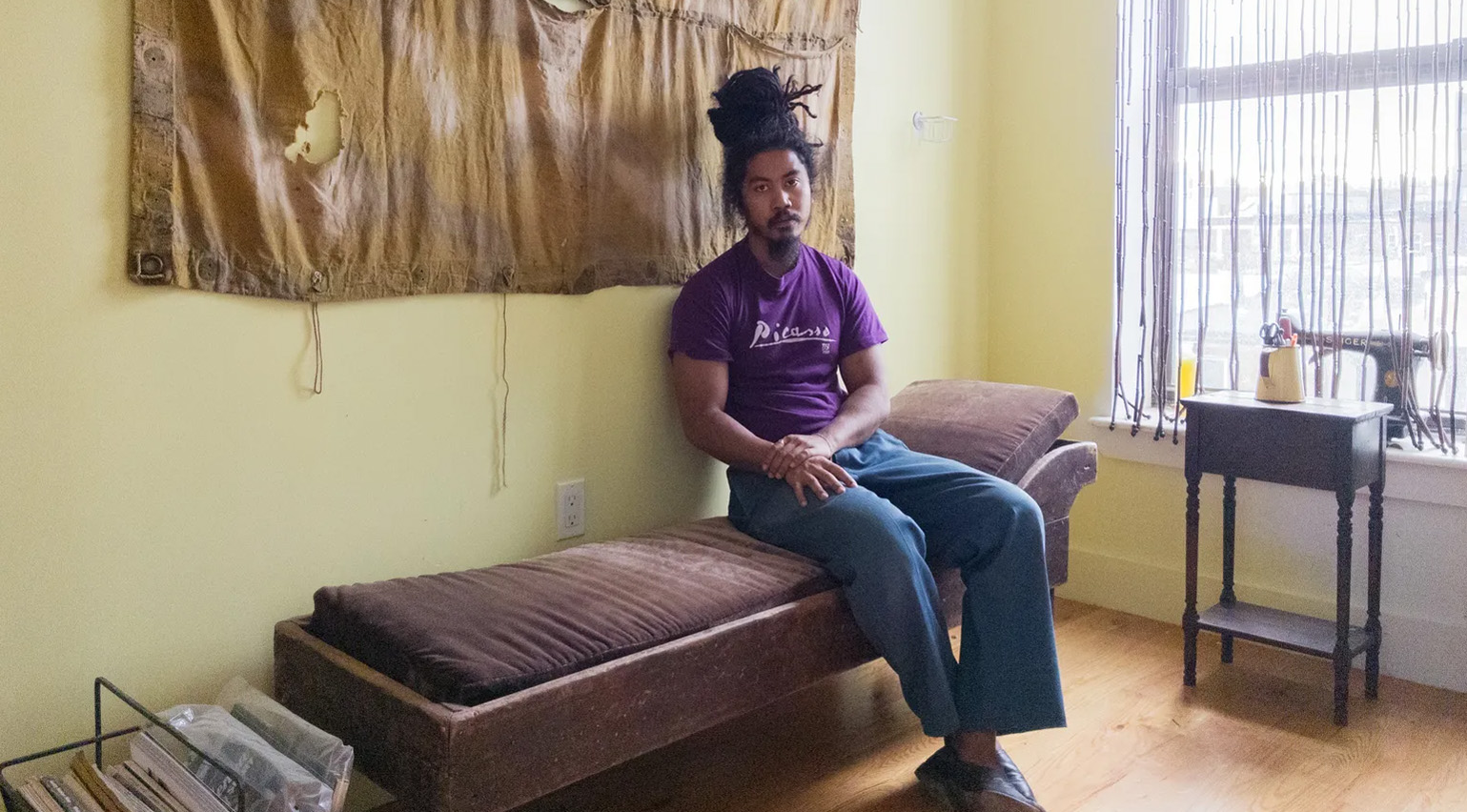 The rising style stars of 2026: Connor McKnight is creating a wardrobe of quiet beauty
The rising style stars of 2026: Connor McKnight is creating a wardrobe of quiet beautyAs part of the January 2026 Next Generation issue of Wallpaper*, we meet fashion’s next generation. Terming his aesthetic the ‘Black mundane’, Brooklyn-based designer Connor McKnight is elevating the everyday
-
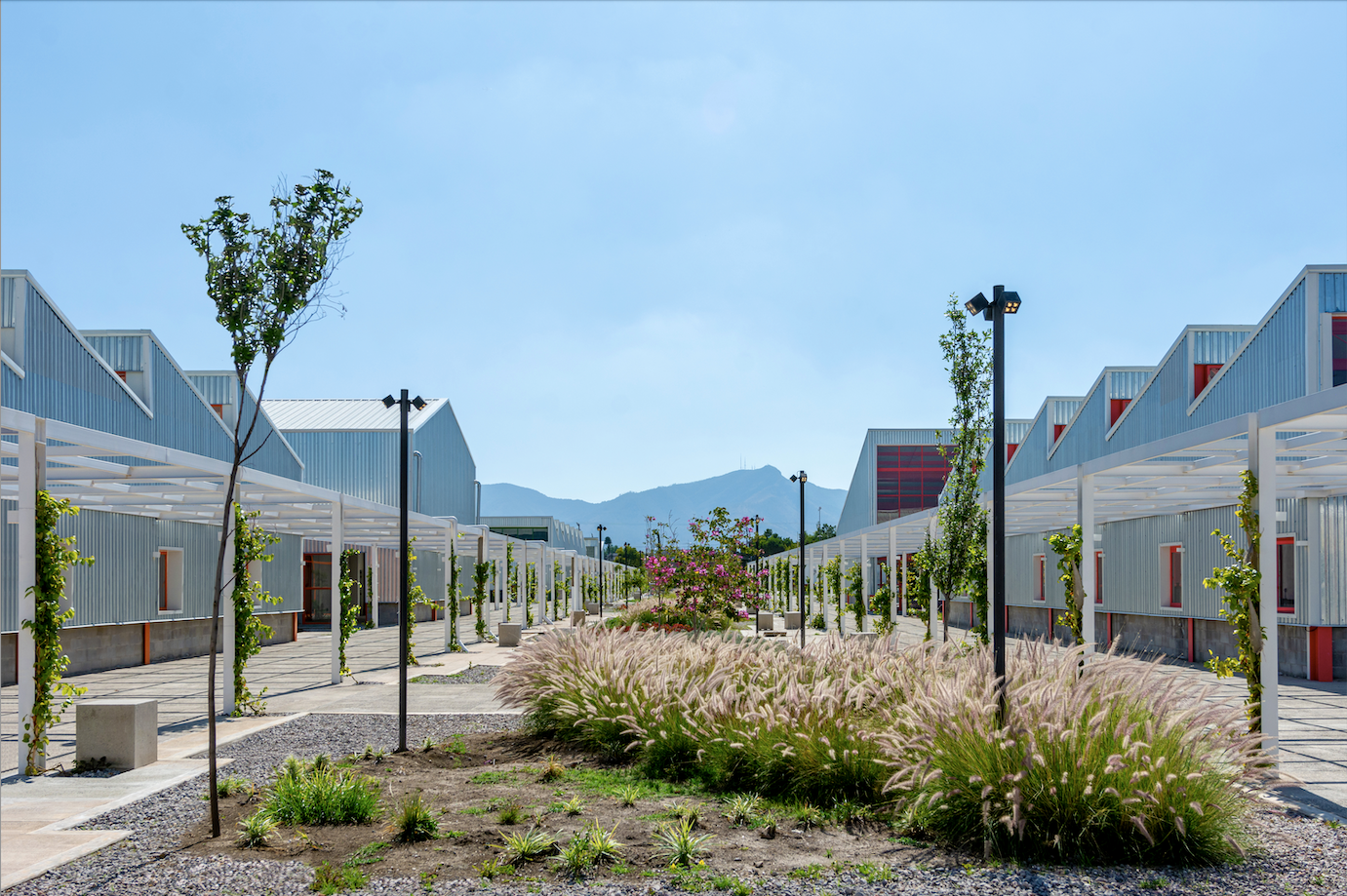 Mexico's Office of Urban Resilience creates projects that cities can learn from
Mexico's Office of Urban Resilience creates projects that cities can learn fromAt Office of Urban Resilience, the team believes that ‘architecture should be more than designing objects. It can be a tool for generating knowledge’
-
 Yuko Mohri’s living installations play on Marcel Duchamp’s surrealism
Yuko Mohri’s living installations play on Marcel Duchamp’s surrealismThe artist’s seven new works on show at Milan’s Pirelli HangarBicocca explore the real and imaginary connections that run through society
-
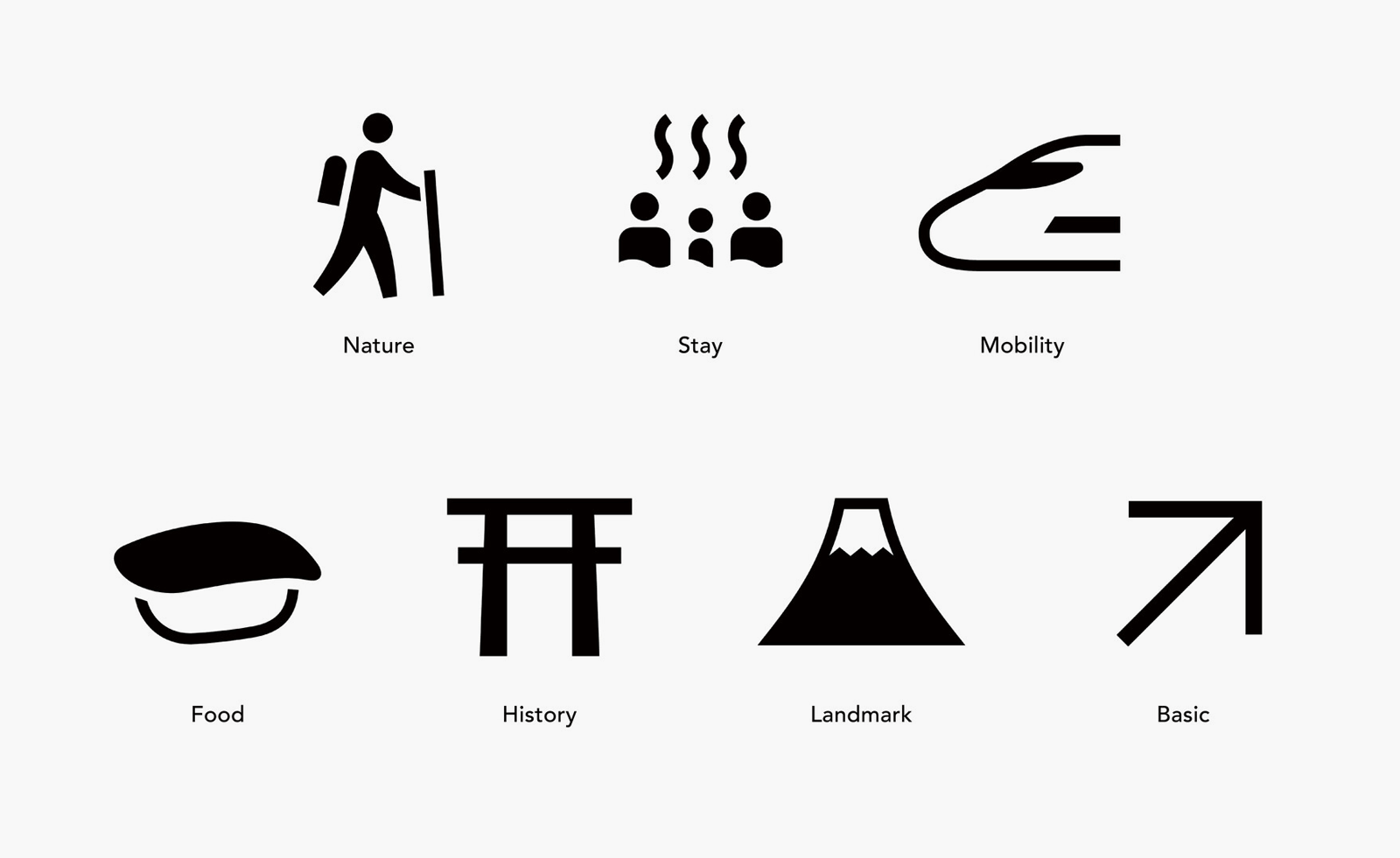 Get the picture? A new exhibition explores the beautiful simplicity of Japanese pictograms
Get the picture? A new exhibition explores the beautiful simplicity of Japanese pictogramsThe simple, minimalist forms of a pictogram are uniquely Japanese, as new exhibition 'Pictograms: Iconic Japanese Designs' illustrates
-
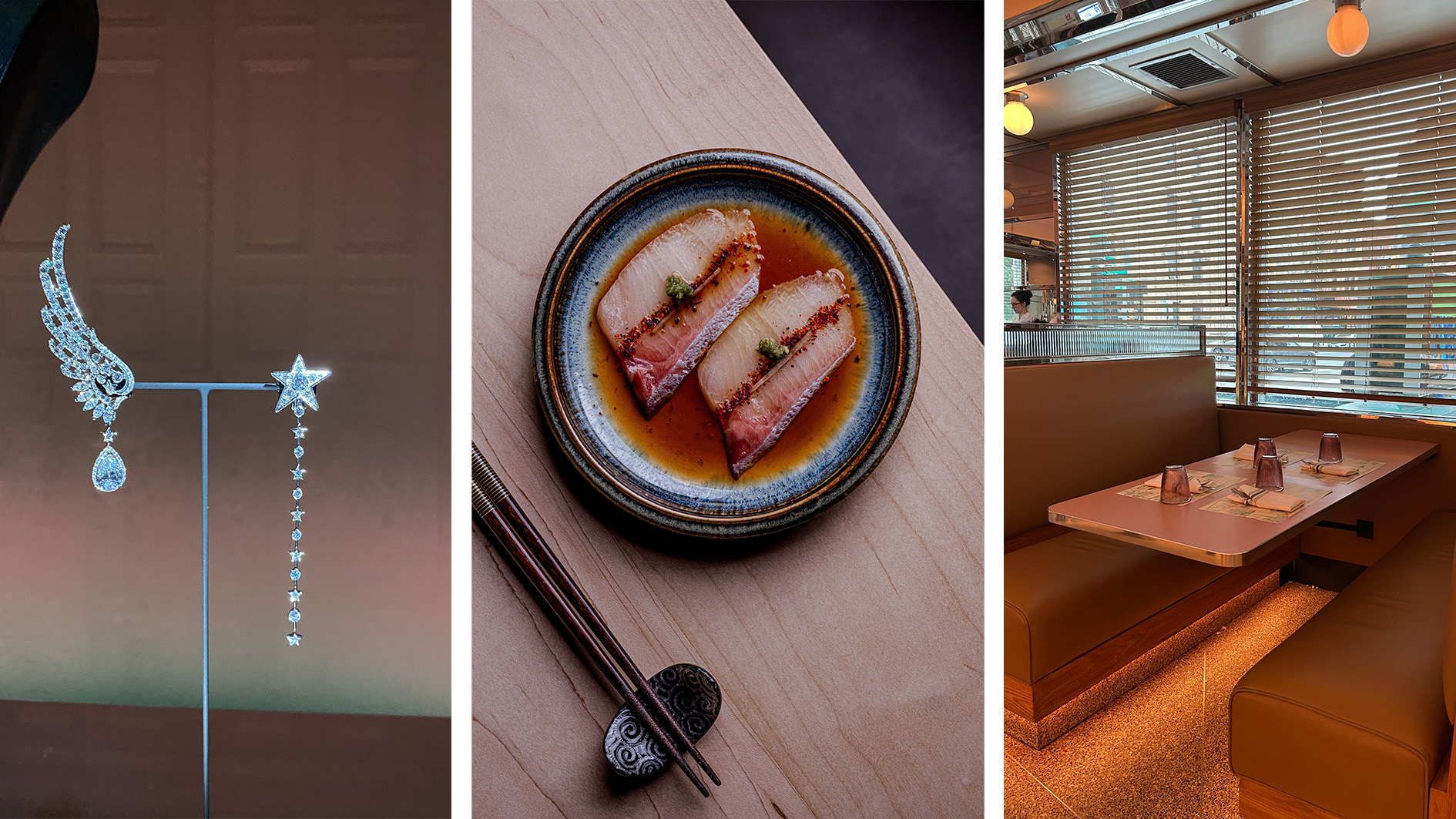 Out of office: the Wallpaper* editors’ picks of the week
Out of office: the Wallpaper* editors’ picks of the weekIt was a jam-packed week for the Wallpaper* staff, entailing furniture, tech and music launches and lots of good food – from afternoon tea to omakase
-
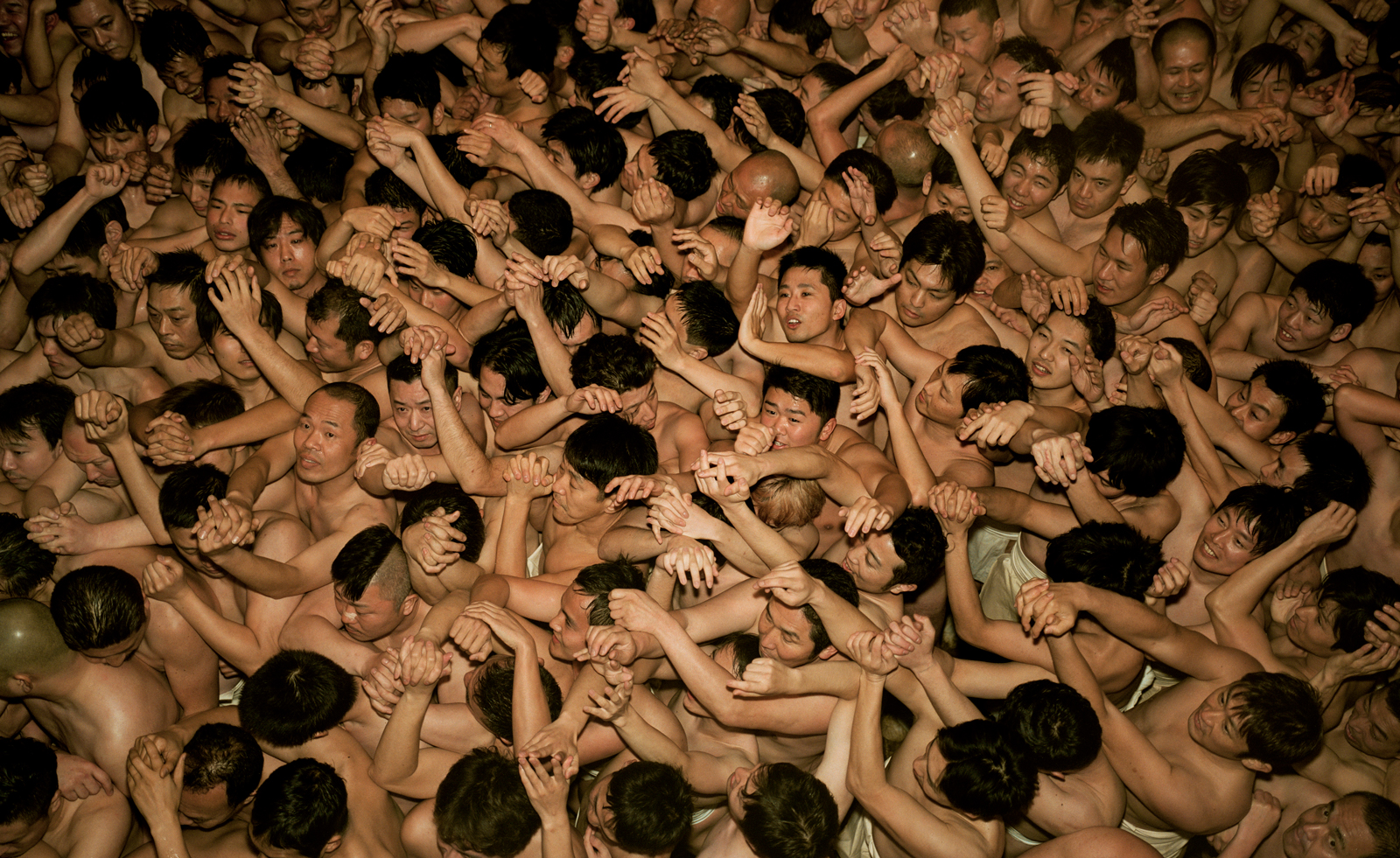 Inside Kyotographie, Japan’s world-renowned photography festival
Inside Kyotographie, Japan’s world-renowned photography festivalKyotographie 2025 embraces the theme ‘Humanity’ in Kyoto – Amah-Rose Abram reports with the highlights, from major and emerging photographers
-
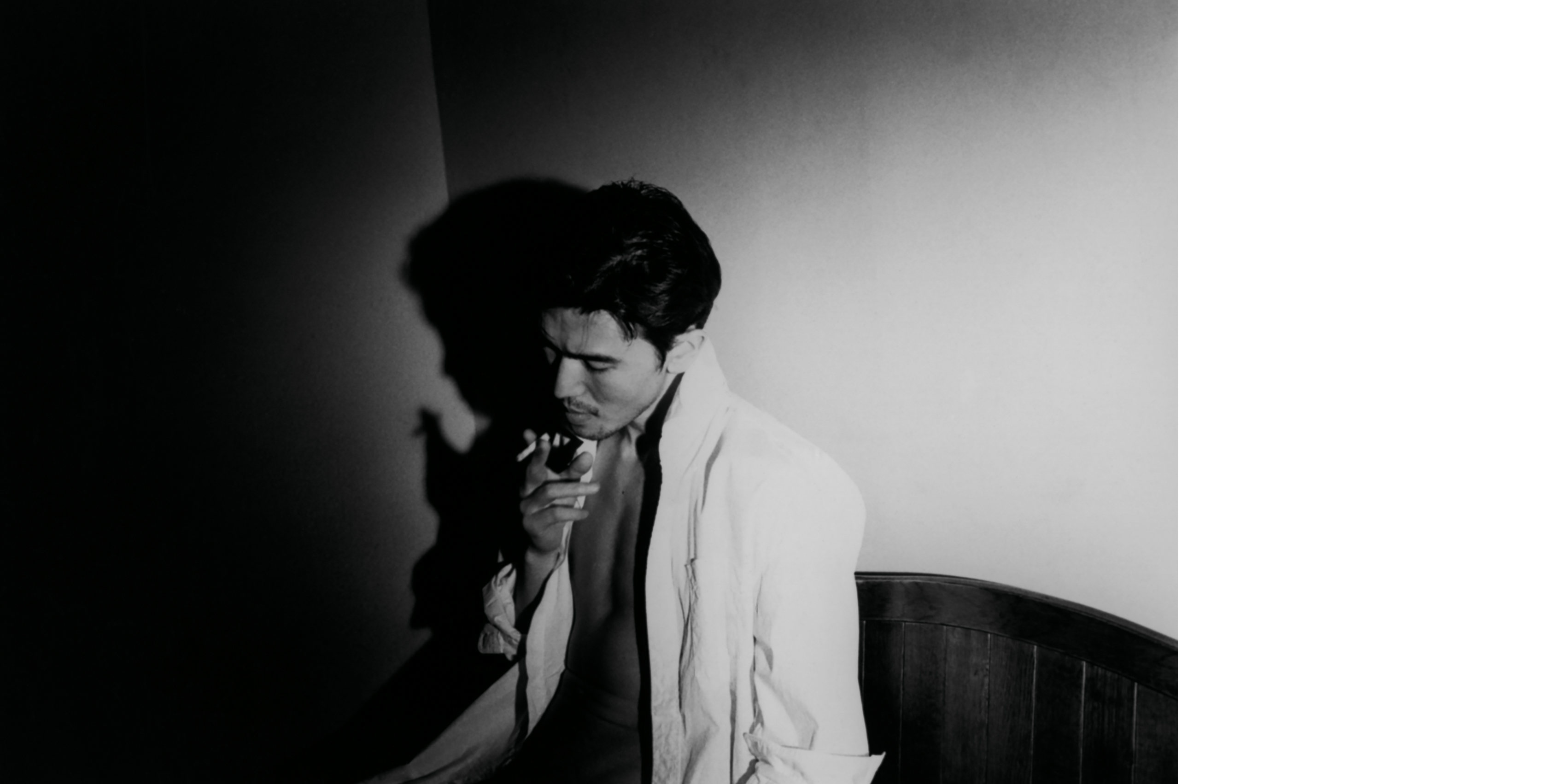 'I’m So Happy You Are Here': discover the work of Japanese women photographers
'I’m So Happy You Are Here': discover the work of Japanese women photographersSubtitled ‘Japanese Women Photographers from the 1950s to Now’, this new monograph from Aperture is a fascinating insight into a critically overlooked body of work
-
 Deathmatch wrestling’s behind-the-scenes moments and bloody glory
Deathmatch wrestling’s behind-the-scenes moments and bloody gloryA new limited-edition book explores the intersection between art and deathmatch wrestling at a sold-out show held in Tokyo
-
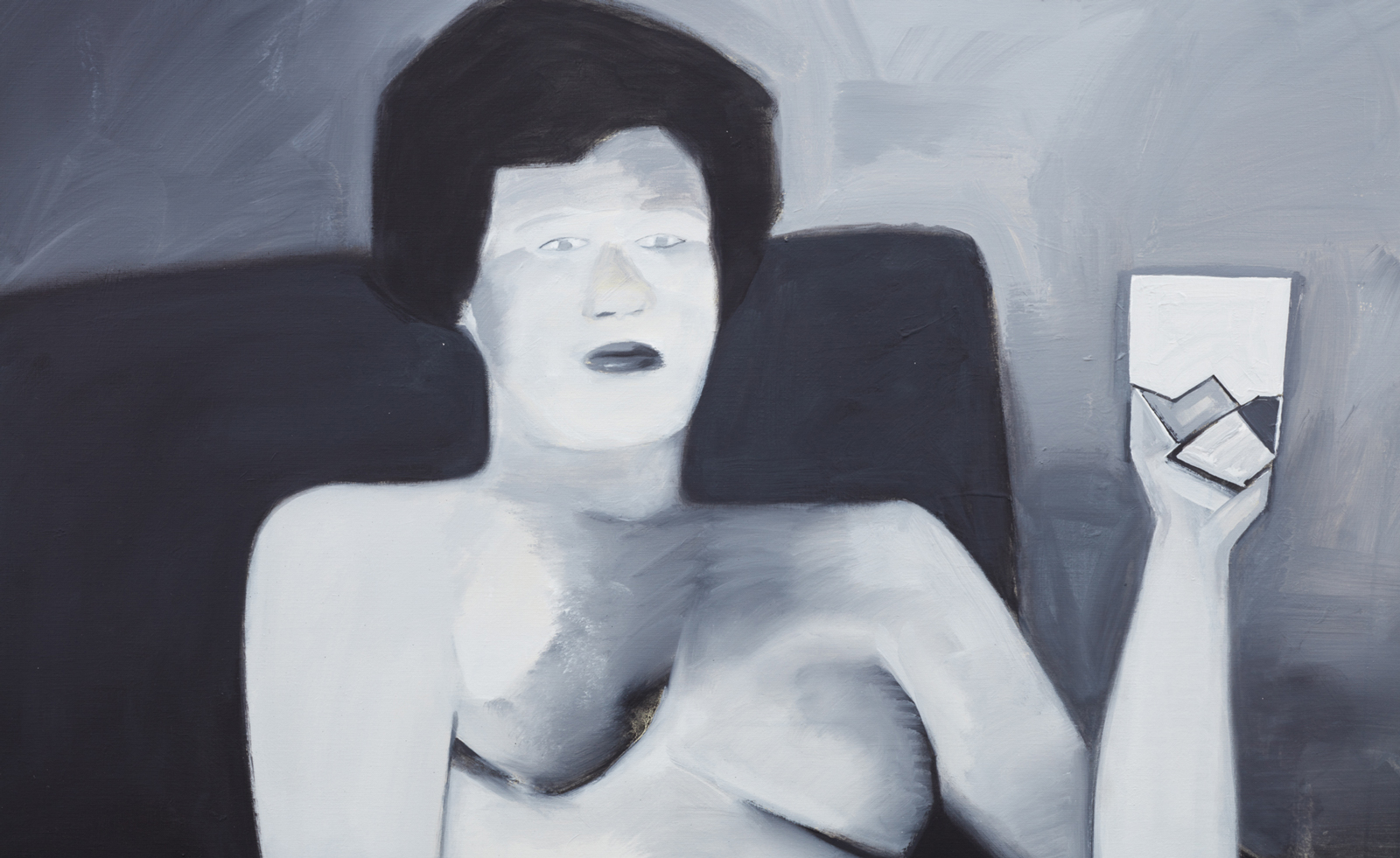 BLUM marks 30 years of Japanese contemporary art in America
BLUM marks 30 years of Japanese contemporary art in AmericaBLUM will take ‘Thirty Years: Written with a Splash of Blood’ to its New York space in September 2024, continuing its celebration of Japanese contemporary art in America
-
 Olafur Eliasson inaugurates Azabudai Hills Gallery in Tokyo
Olafur Eliasson inaugurates Azabudai Hills Gallery in TokyoOlafur Eliasson marks launch of Azabudai Hills Gallery, in Tokyo’s major new district, with a show of elemental strength